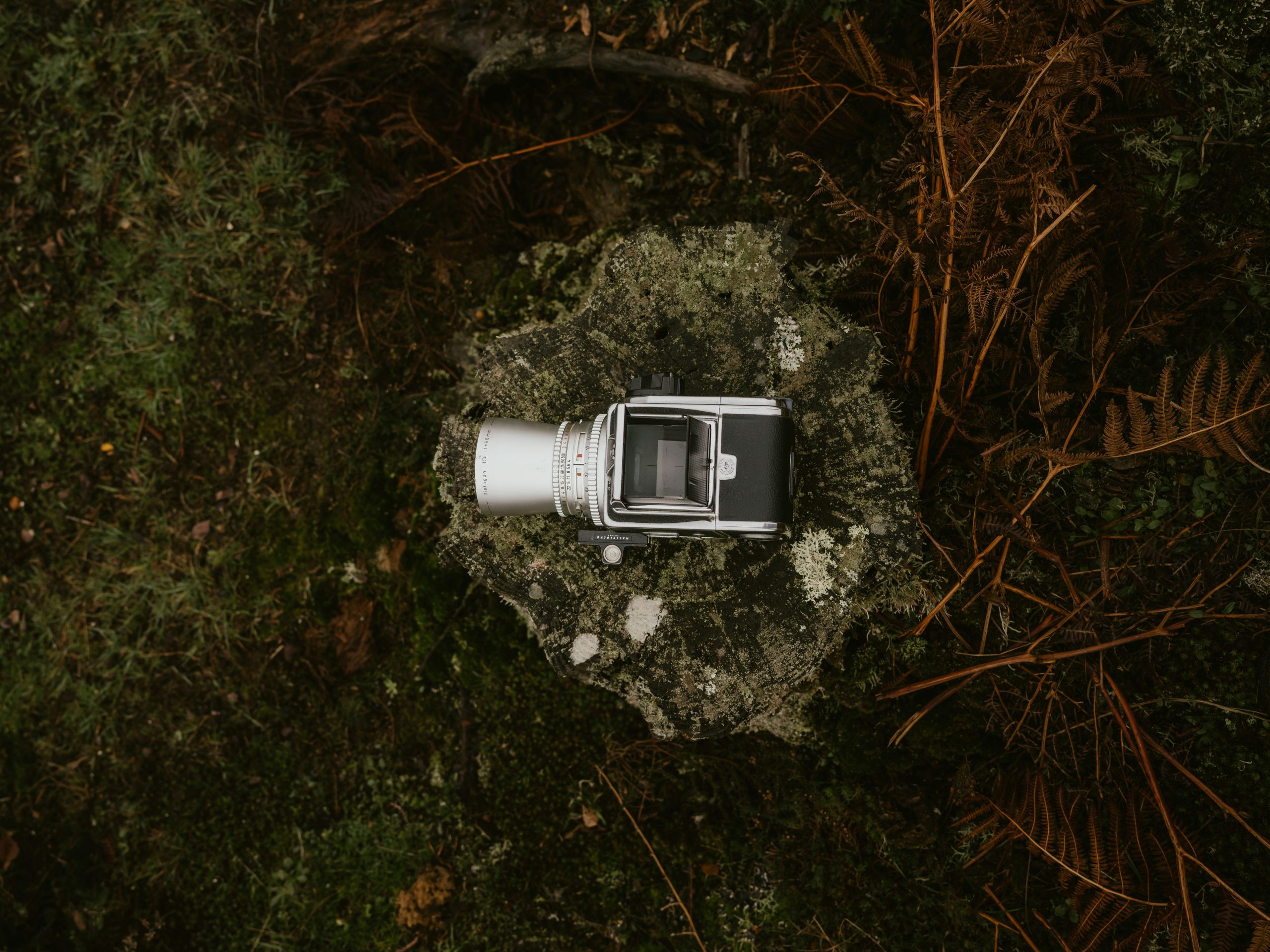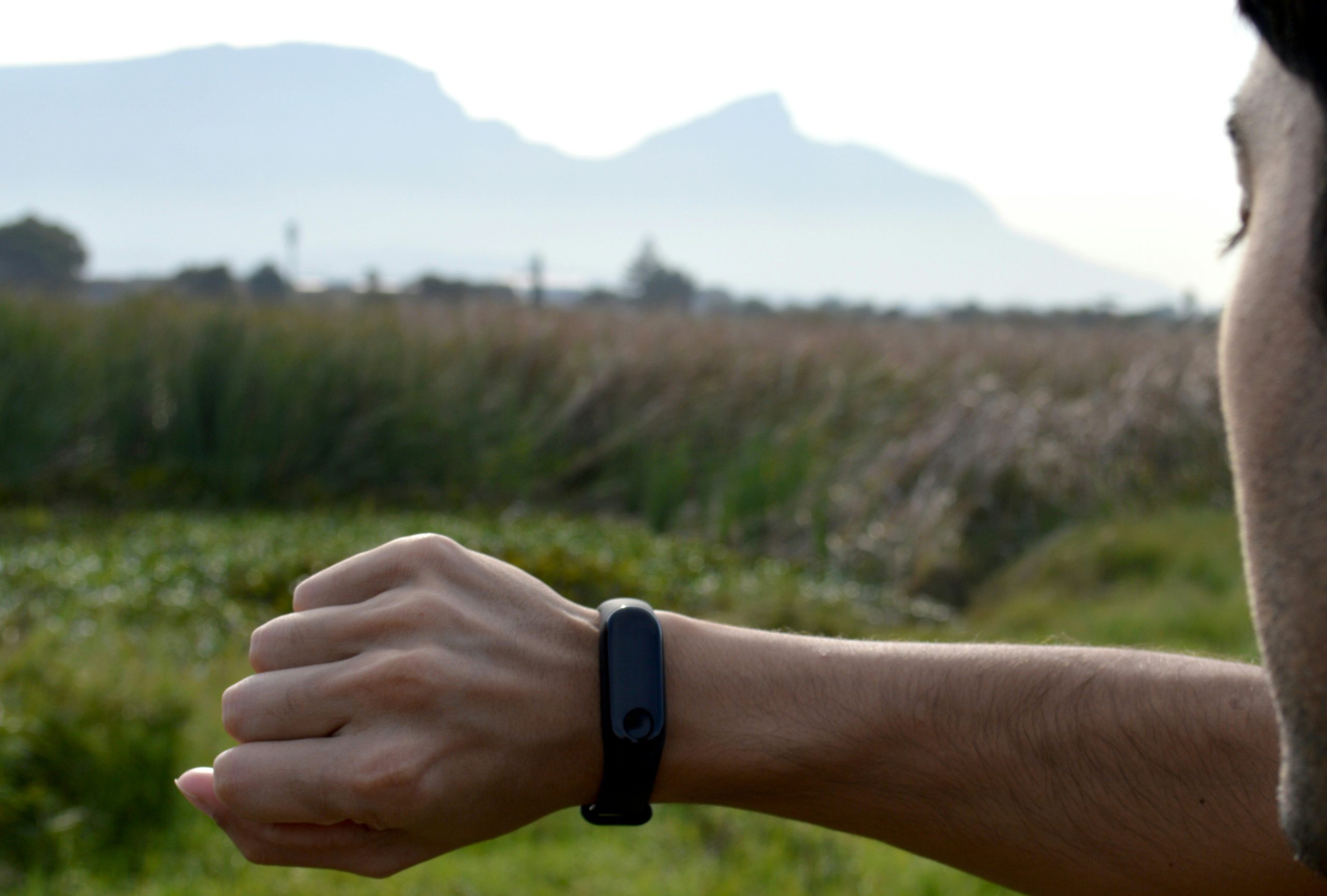Ever found yourself lost on a trail because your phone died and you had no idea how high—or low—you were? Yeah, us too. Trust me, it feels like trying to navigate the Matrix blindfolded.
In this post, we’ll dive into why using a watch altimeter can be a game-changer for hikers everywhere. You’ll learn:
- The science behind altimeters and why they’re essential for hikers.
- Step-by-step tips for choosing and using one effectively.
- Mistakes to avoid when relying solely on tech (yep, I’ve been there).
Table of Contents
- Key Takeaways
- Why Watch Altimeters Matter for Hikers
- How to Choose and Use an Altimeter Watch
- Pro Tips for Hiking with Tech
- Case Study: How One Hiker Got Un-Lost Thanks to Their Altimeter
- FAQs About Altimeter Watches
- Conclusion
Key Takeaways
- A watch altimeter helps track elevation gain/loss, which is crucial for navigation in areas without cell service.
- Calibrate your altimeter regularly to ensure accurate readings during hikes.
- Avoid over-relying on tech—always carry a map and compass as backup.
Why Watch Altimeters Matter for Hikers
Hearing the word “altimeter” might conjure images of pilots or mountaineers scaling Everest, but trust me, these gadgets are lifesavers even for casual weekend warriors. Here’s the deal:
Confession time: On one hike, I thought I was ascending a ridge only to realize hours later that I’d gone downhill instead. My phone GPS wasn’t cutting it, and my paper map couldn’t tell me how far up—or down—I’d gone. That’s where a watch altimeter would’ve saved the day.
An altimeter measures altitude by detecting changes in air pressure. While smartphones often use barometers for similar functions, dedicated devices like watch altimeters tend to offer superior accuracy—and let’s face it, better battery life.
![]()
How to Choose and Use an Altimeter Watch
Step 1: Pick the Right Watch for Your Needs
Not all altimeter watches are created equal. Some come loaded with advanced features like GPS integration, while others keep it simple with just basic altitude tracking. Consider:
- Your skill level: Beginners don’t need bells and whistles—they just want reliability.
- Battery life: If you’re heading out for multi-day treks, prioritize models with long battery lives.
- Durability: Look for water resistance, rugged builds, and easy-to-read displays.
Step 2: Calibrate Before You Hike
“Optimist You:” *’Just slap it on and go!’*
“Grumpy You:” *’Ugh, fine—but calibrate first unless you want inaccurate readings ruining your hike.’*
Most altimeters require calibration before use. Find a known reference point—a trailhead signpost listing elevation works well—and set your watch accordingly. This ensures precision throughout your journey.

Pro Tips for Hiking with Tech
- Double Up on Navigation: An altimeter watch isn’t foolproof; always bring a physical map and compass.
- Monitor Elevation Changes: Sudden drops or spikes could indicate weather shifts—a handy warning system!
- Keep Track of Daily Gains: Use your watch’s log feature (if available) to record total ascent/descent stats.
Terrible Tip Alert: Don’t assume your altimeter will work perfectly at extreme temperatures. Cold weather loves messing with sensors—it’s basically the drama queen of gear failures.

Case Study: How One Hiker Got Un-Lost Thanks to Their Altimeter
Jen, an avid outdoorswoman, once found herself completely turned around on a snowy mountain pass. With limited visibility and her phone dead from cold exposure, she relied entirely on her trusty altimeter watch to guide her back toward lower ground.
By cross-referencing elevations with landmarks she vaguely remembered passing earlier, Jen navigated safely off the mountain. Moral of the story? These little devices pack serious survival power.
FAQs About Altimeter Watches
Q: Do I really need an altimeter if I already use GPS?
A: Yes! GPS tells you where you are horizontally but not vertically. In foggy conditions or dense forests, GPS signals can drop. Having both tools gives you full situational awareness.
Q: How much do good altimeter watches cost?
A: Prices vary widely based on brand and functionality, ranging from $100 to over $500. Think of it as investing in peace of mind.
Conclusion
When it comes to hiking tips, mastering wearable technology like watch altimeters can elevate (pun intended!) your outdoor experience tenfold. From avoiding rookie mistakes to knowing exactly how steep that next climb will be, these tiny tools make a massive difference.
So grab your gear, calibrate that watch, and hit those trails with confidence. After all, getting un-lost never felt so satisfying.
And remember—chef’s kiss to proper preparation. Like dial-up internet, old-school maps still have value… just in case.
(P.S. Never forget: Always charge your gear pre-hike, or risk becoming the human version of a dying Tamagotchi.)

